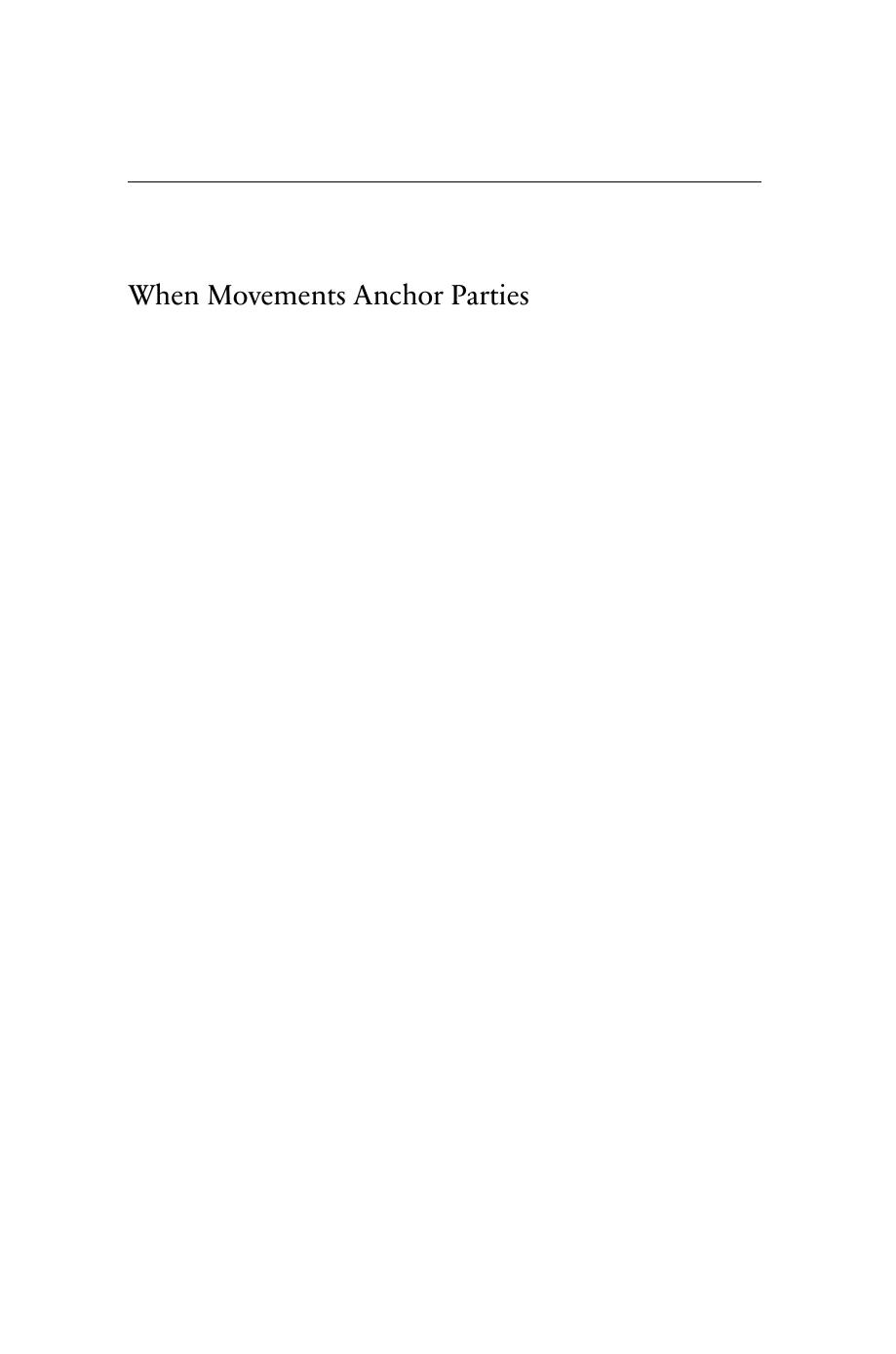When Movements Anchor Parties: Electoral Alignments in American History by Daniel Schlozman

Author:Daniel Schlozman [Schlozman, Daniel]
Language: eng
Format: epub, pdf
Tags: Political Advocacy, History & Theory, Political Parties, Political Science, Political Process, History, Politics, General
ISBN: 9780691164700
Google: 9muYDwAAQBAJ
Goodreads: 26224752
Publisher: Princeton University Press
Published: 2015-09-01T00:00:00+00:00
AMERICAN LABOR PARTY AND THE THIRD-PARTY DREAM
The American Labor Party in New York pushed the boundary between partisan ally and third party as far as any anchoring group ever has. Yet the essential fact of alliance still held: movements successfully leverage ties to mainstream parties only so long as parties accept their presence inside the system. Thanks to a quirk of New York law, multiple parties may endorse the same candidate.44 A third-party strategy based around cross-endorsement seems to offer an escape from the harsh realities in the first-past-the-post American electoral system that ordinarily doom small parties. The ALP gained its own ballot line, controlled by the needle trade unions. It cross-endorsed Roosevelt for president while following its own path in state and local politics. However, it never institutionalized itself as an office-seeking party apart from its backers. In the postwar years, this attempt to break out of the strictures of alliance, too, met its limits. The ALP fell apart by 1948, succeeded by the fiercely anticommunist Liberal Party.
Although radicalism spilled over into third parties elsewhere during the Depression years, the ALP, in the nationâs most populous and wealthiest state, cut closer to the heart of the New Deal order.45 It consciously attempted to influence national as well as state politics, and to base itself in the labor movement. In 1937 for Fiorello LaGuardia, the liberal but nominally Republican mayor, and in 1940 and 1944 statewide for Roosevelt, the party provided more votes than the winnerâs ultimate margin of victory. The ALP emerged from a moment when ethnic solidarities reinforced ideological loyalties, and its votes came predominantly from Jewish neighborhoods, far more than the needle tradesâ membership would suggest.46
At the suggestion initially of Frances Perkins, Roosevelt in early 1936 conceived to use New Yorkâs fusion laws and create a ballot line for the president. Elinore Herrick, a social worker whom Wagner had brought to Washington to serve at the NLRB, ran the campaign. The ALP provided six Roosevelt electors for a joint slate, including David Dubinsky and Sidney Hillman, and nearly a tenth of his vote.47 The ALP served as a halfway house for voters desirous to support Roosevelt, but unwilling to pull a Democratic lever. Through the ALP, Fiorello LaGuardia backed Roosevelt while continuing to blast Tammany.
Ideological fights dogged the ALP as it attempted to form a permanent organization. In 1940, then-isolationist Communists fought to stop Rooseveltâs renomination, but the needle trades prevailed. In 1944, despite efforts by LaGuardia and Roosevelt to mediate, the right wing under David Dubinsky and his protégé, Alex Rose of the Hatters Union, bolted to found the Liberal Party. The right wing wanted no part of Hillmanâs plan to use the ALP as the New York arm of CIO-PAC.48 The left held greater sway in the ALP than in CIO-PAC. Rather than endure yet another schism, the Amalgamated (Hillmanâs old union) in January 1948 resigned without a fight as the party prepared to endorse Wallace. Henceforth, the ALP followed the CP line slavishly. A
Download
When Movements Anchor Parties: Electoral Alignments in American History by Daniel Schlozman.pdf
This site does not store any files on its server. We only index and link to content provided by other sites. Please contact the content providers to delete copyright contents if any and email us, we'll remove relevant links or contents immediately.
The Secret History by Donna Tartt(18861)
The Social Justice Warrior Handbook by Lisa De Pasquale(12143)
Thirteen Reasons Why by Jay Asher(8800)
This Is How You Lose Her by Junot Diaz(6802)
Weapons of Math Destruction by Cathy O'Neil(6152)
Zero to One by Peter Thiel(5692)
Beartown by Fredrik Backman(5609)
The Myth of the Strong Leader by Archie Brown(5429)
The Fire Next Time by James Baldwin(5253)
How Democracies Die by Steven Levitsky & Daniel Ziblatt(5133)
Promise Me, Dad by Joe Biden(5089)
Stone's Rules by Roger Stone(5028)
A Higher Loyalty: Truth, Lies, and Leadership by James Comey(4851)
100 Deadly Skills by Clint Emerson(4845)
Rise and Kill First by Ronen Bergman(4705)
Secrecy World by Jake Bernstein(4652)
The David Icke Guide to the Global Conspiracy (and how to end it) by David Icke(4629)
The Farm by Tom Rob Smith(4442)
The Doomsday Machine by Daniel Ellsberg(4420)
